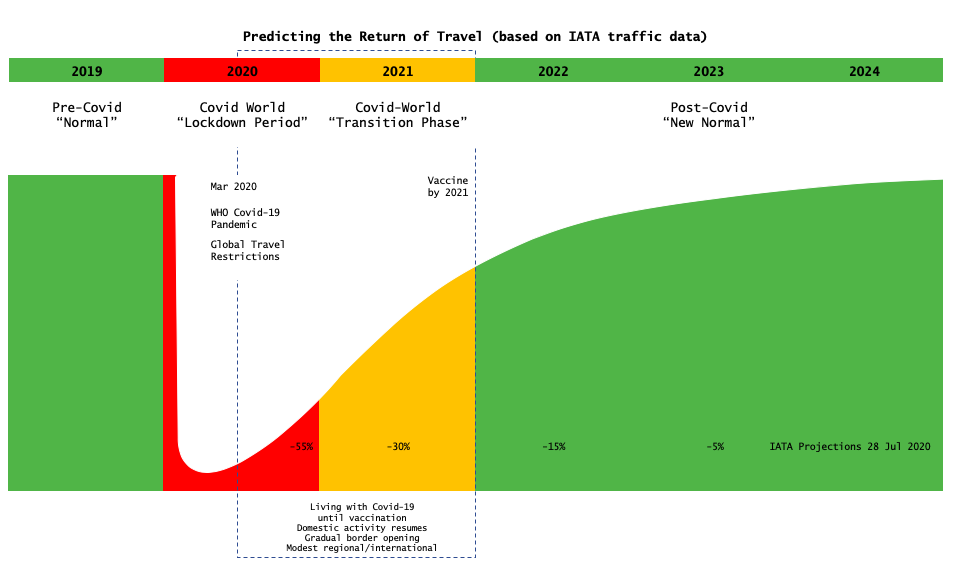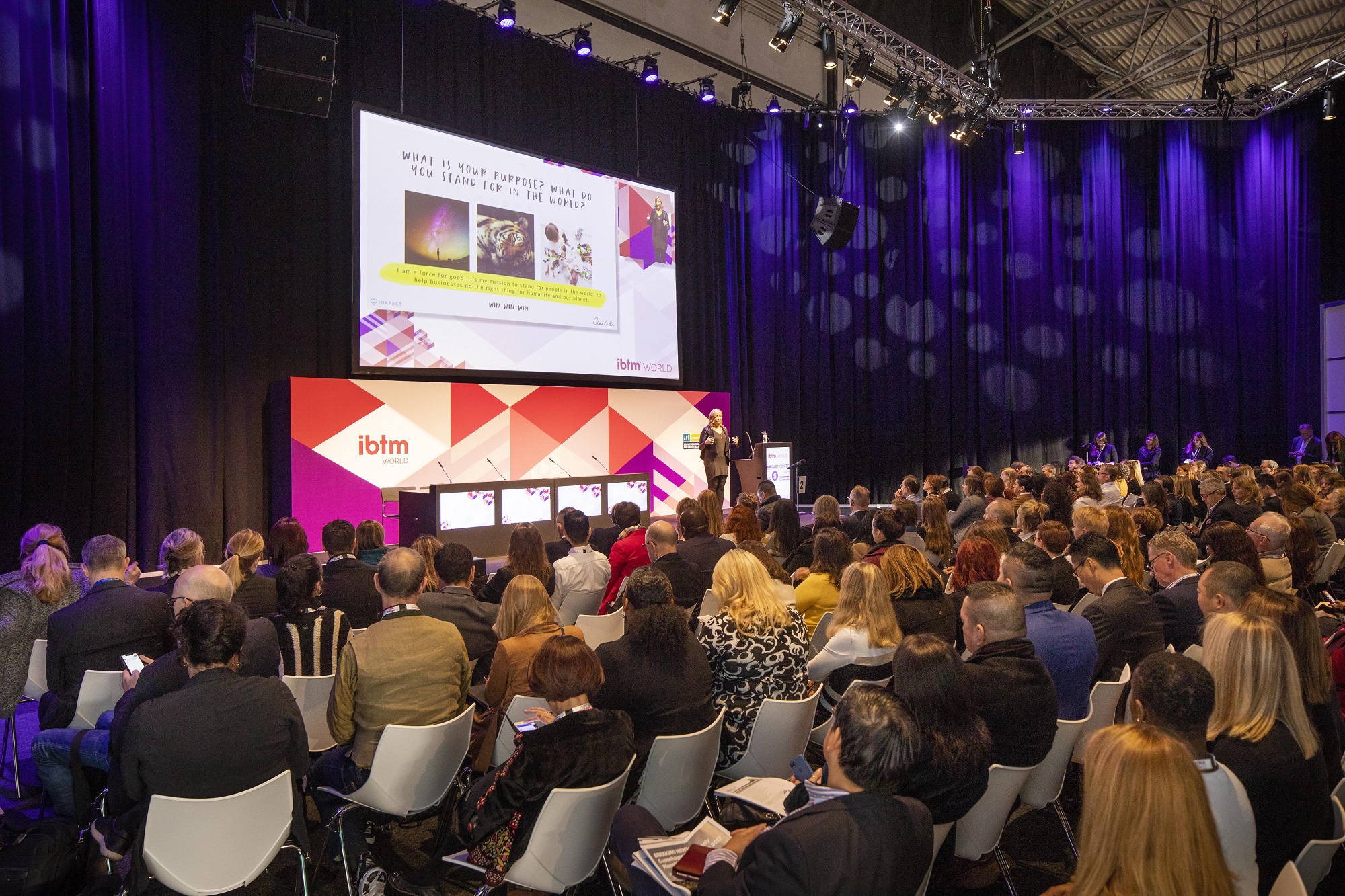 A colleague and I recently spoke with two corporate meeting and event planners about return on investment, aka ROI. It was a fascinating conversation with two highly experienced professionals from global organisations. By the end of the phone conversation, however, I knew we were no further down the line with ROI today than when it first “trended” in our industry over 20 years ago.
A colleague and I recently spoke with two corporate meeting and event planners about return on investment, aka ROI. It was a fascinating conversation with two highly experienced professionals from global organisations. By the end of the phone conversation, however, I knew we were no further down the line with ROI today than when it first “trended” in our industry over 20 years ago.
ROI is still that bright elusive butterfly that bewitches, bewilders and beguiles us all. We can see it flapping, floating and fluttering about and sometimes we even get really close to it. However, just when we think we have it in our grasp it slips away from us and we’re left with nothing tangible, just the inner conviction and certainty that our meeting or incentive or event had great value although we’ve very little to show the stern-faced, humourless beancounter.
So is calculating ROI on meetings and events a waste of time? At the risk of irritating by my esteemed friend and colleague, Elling Hamso of the EventROI Institute, I think it might be. Here’s why.
1) Like comparing apples & oranges
Teachers’ unions in Ireland have been fighting for years against successive governments’ efforts to introduce “benchmarking”: the systematic measurement of educational success against pre-determined benchmarks or metrics. Their core argument is that it cannot be done as education is a holistic process connected with the social, physical, intellectual, emotional and spiritual growth of the child.
Much of its success is hidden, latent and unseen, maybe not properly emerging until years after it has taken place. Education, they say, is about information, formation and transformation and benchmarking is only capable of evaluating one of these.
I think the impact of a meeting or incentive or event is akin to the complexity of the educational process and, therefore, trying to properly measure its ROI is probably a waste of time.
2) ROI is bound by time and space
Any ROI calculation is bound by time and space, whereas the impact of a great meeting or event or exhibition is definitely not.
I learned this a long time ago when I performed crude ROI calculations on my trade show investment using a version of Mr Micawber’s model from the Charles Dickens’ book David Copperfield:
“Annual income twenty pounds, annual expenditure nineteen [pounds] nineteen [shillings] and six [pence], result happiness. Annual income twenty pounds, annual expenditure twenty pounds ought and six, result misery.”
My version ran something like this:
Cost of trade show participation: $5,500; Number of conversations had: Unknown; Number of leads received: 10; Number of confirmed pieces of business: zero; Result: Awful trade show.
What this neophyte trade show participant didn’t realise, of course, was that the unknown number of conversations and the relationships built as a result of these would lead to confirmed pieces of business for years into the future.
At my first SITE International Conference in Puerto Rico in 1994, I met an Australian DMC and we spent time chatting and exchanging best-practice stories. More than six years later, having changed jobs and gone to the buyer side, that person brought a programme to me in Ireland that constituted 25 per cent of our total revenues that year.
Who knew?
3) We know instinctively that it works
Financial and Insurance companies, in particular, have been investing heavily in incentive travel experiences for decades but most companies rarely, if ever, run the rule over them. That’s because they know they work – the outcomes have all the external appearances of success so why waste time and effort trying to drill down and prove what your own instinct is telling you?
The easiest way to measure return on investment on incentive programmes is to stop doing them. This happened involuntarily during the years of austerity and recession and the results were not pretty. The net result is that companies that paused or postponed their MICE activities in 2009 are back doing them again.
In its White Paper (May, 2010) on the Anatomy of a Successful Incentive Travel progamme, the Incentive Research Foundation asked one CEO how his company measured ROI on business events. He replied:
“We don’t. We don’t measure it exactly, relative to the investment. I think our return or measurement is when we look around at the 300 people there. Are those really the people that I, along with the senior management, feel are the movers and shakers and the drivers of our success? If they are and they’re there, and they have a good time and they want to come back next year, then I think the investment’s been worthwhile.”
It’s heartening to note such a “touchy feely” response from the CEO of a major US corporation with obligations to report to the stock exchange. “If it doesn’t have a number it doesn’t count” might be a great motto with a clever play-on-words but, somehow, it manages to miss the point: human relationships are at the core of corporate exchange too and these don’t always add up!
4) ROI, or ROO, or ROE
In an effort to by-pass the potential tyranny of ROI, many event professionals use alternative acronyms such as ROO (Return on Objective) or ROE (Return on Effort or should that be Return on Equity?).
I especially like Return on Objective as it implies that meetings or events have or should have objectives while allowing that these may be tangible or intangible.
The two event professionals we spoke to, for example, both have wide and extensive metrics around event objectives. These include empirical and verifiable metrics such as attendee numbers, speaker evaluations, net promoter score etc. However, they are also concerned with less objective qualities such as changes in attitude, behaviour and more.
Padraic Gilligan is a managing partner at SoolNua – a business events and MICE consultancy.
This is an edited version of an article that originally appeared on Padraicino



